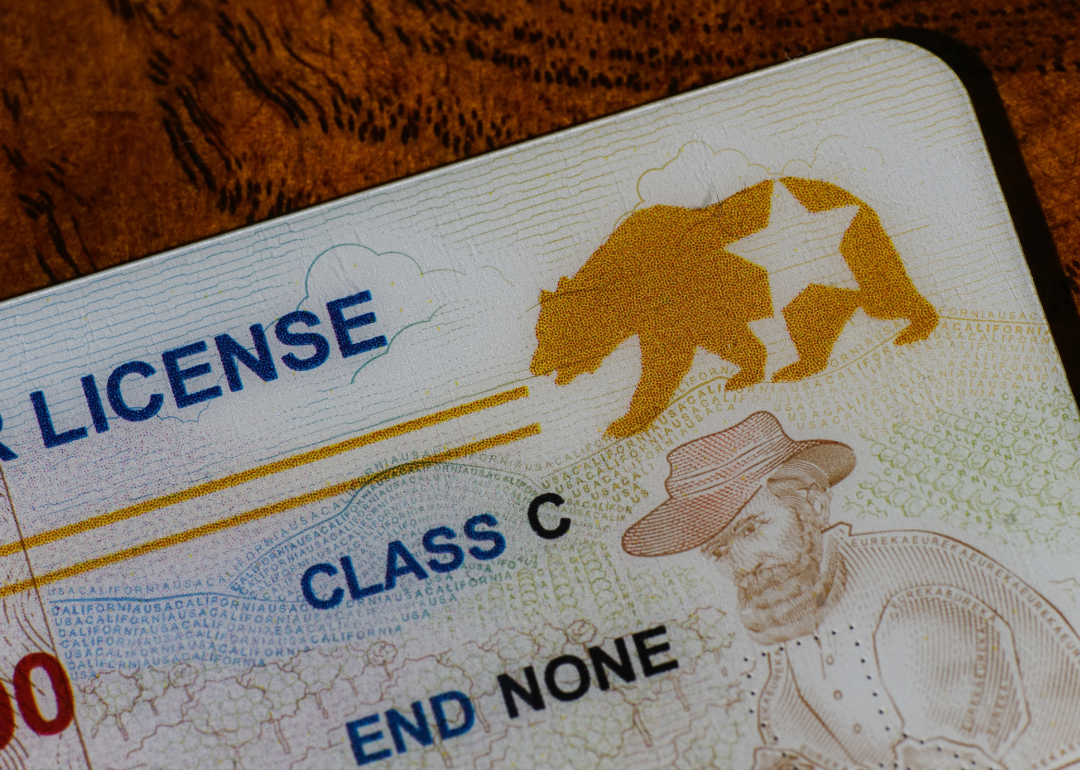
Is my ID a Real ID? What to know about new mandated IDs before the federal deadline
This story originally appeared on Spokeo and was produced and distributed in partnership with Stacker Studio.
Is my ID a Real ID? What to know about new mandated IDs before the federal deadline
A 9/11-era law aimed at enhancing national security is taking effect soon, almost two decades since it was signed—and U.S. residents wanting to travel by plane will need to ensure they're in compliance.
The Real ID Act of 2005 created federal requirements for driver's licenses and ID cards issued by states and was originally supposed to take effect in 2008. The deadline was extended several times for various practical and legal reasons. In December 2022, the Department of Homeland Security announced there would be one final extension of the deadline, from May 3, 2023, to May 7, 2025.
Spokeo analyzed resources from the Department of Homeland Security and the Transportation Security Administration to compile this guide on how to update and ensure you are equipped with a Real ID ahead of the federal deadline.
Backlogs at state agencies handling ID cards and driver's licenses due to the COVID-19 pandemic were cited as one reason for this most recent extension of the deadline for Americans to get their updated licenses. After May 7, 2025, the new cards will be required to fly and to visit federal property.
The law was passed in 2005 as part of a bill that also boosted defense spending amid the so-called "war on terror" and provided financial aid to victims of the 2004 Indian Ocean tsunami. Per the DHS, the law aims to "set standards for the issuance of sources of identification, such as driver's licenses."
The Real ID Act drew fierce opposition in the wake of its passing from a bipartisan collection of legal advocates, politicians, and labor groups. The American Civil Liberties Union and its state affiliates protested the law's enactment, calling it a threat to privacy, an expansion of immigration enforcement, and a "bureaucratic nightmare." Many states also refused to enact the changes to IDs for many years—with the final holdouts taking until 2020 to come into compliance.
By 2021, just at least 2 in 5 of all driver's licenses (43%) were deemed compliant with Real ID laws, according to the DHS. However, all 50 states, the District of Columbia, and four of the five affected U.S. territories are now issuing Real ID-compliant licenses, meaning now is the time to schedule an appointment at your local agency so you can be prepared come May 7.
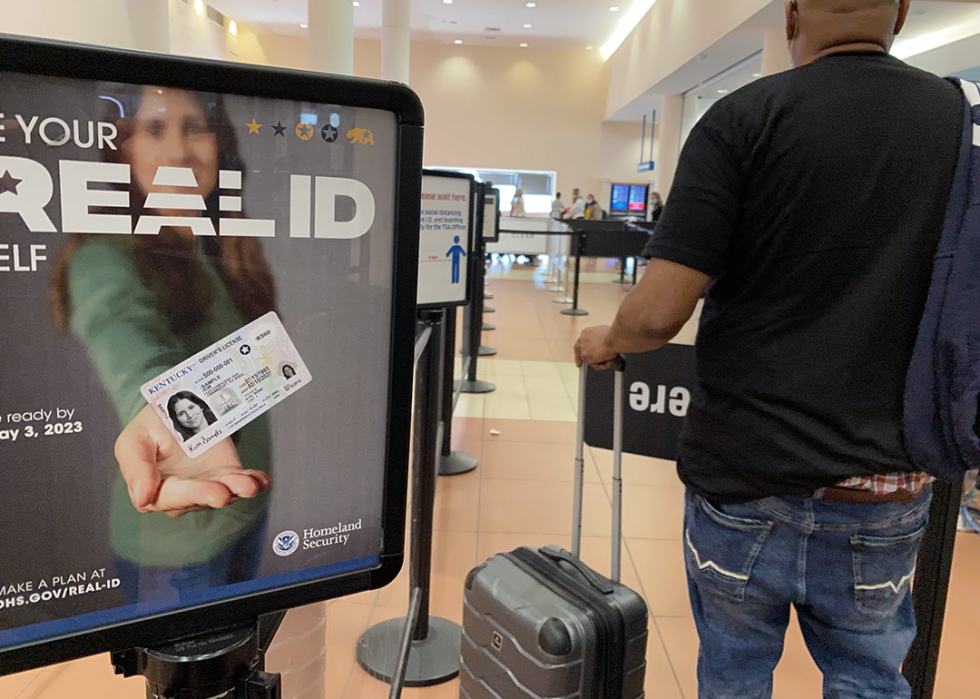
How can I tell if I already have a Real ID?
Some states automatically extended the expiration dates on state-issued ID cards during the pandemic. This may mean your ID card isn't necessarily expired, but it's a good idea to check whether your ID is a Real ID.
Real IDs will show a five-pointed star in the upper right corner when held horizontally. The star may be inside a circle, and California residents may have a bear shape that contains a star.
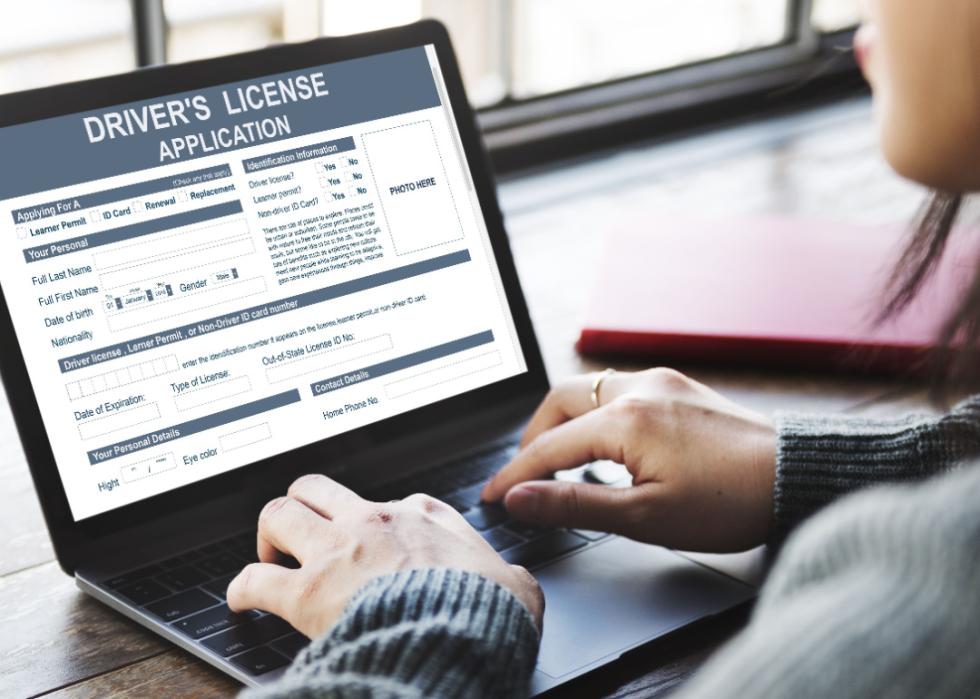
Where can I get one?
The state agency where you typically get your driver's license is the same agency issuing the updated cards, which can be in the form of a driver's license or a state ID card that does not confer driving privileges. For many states, that's the state department of motor vehicles or whichever other department handles transportation safety.
In some states, like Texas, appointments for a driver's license replacement can require waits of several months. Most state agencies have blamed staffing shortages for the extended wait times. It may be best to plan ahead and explore whether you can schedule an appointment so you don't have to wait in long lines. In some states, a weekend day may be the best time to beat the crowds.
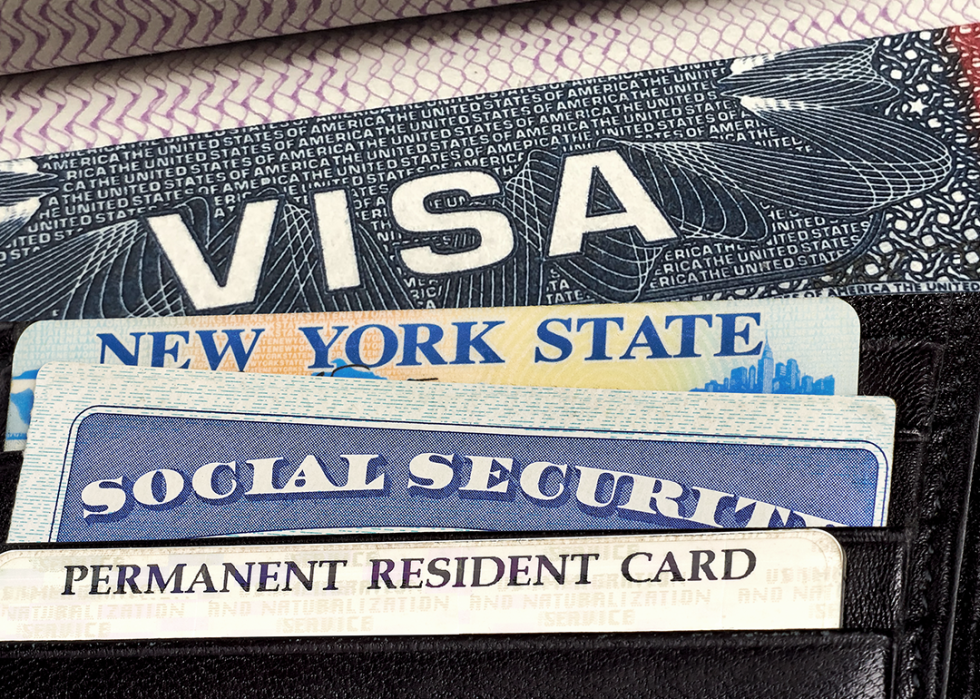
What documents do I need to provide for this ID?
Documents required can vary from state to state.
The minimum documents required by the federal government include proof of your full legal name, date of birth, and Social Security number, as well as two documents proving your primary residence is in the state where you are applying for an ID. Additionally, you'll need documents proving that you are present in the country legally, whether as a citizen, permanent resident, or an immigrant lacking permanent legal status under another program.
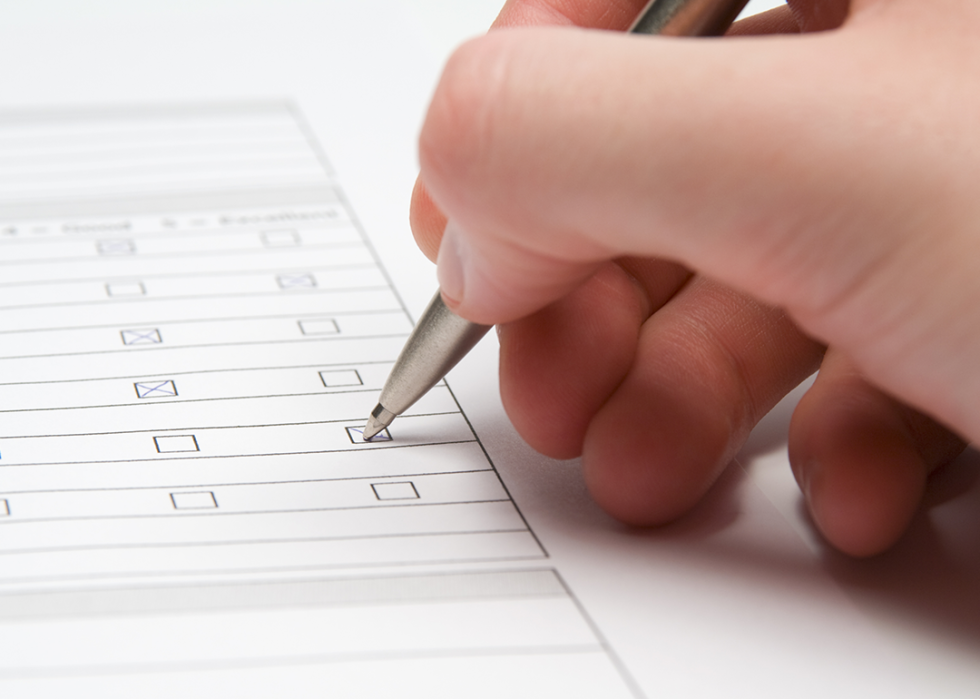
Can noncitizens get a Real ID card?
Any noncitizen of the U.S. lawfully approved for temporary or permanent residency, including those granted asylum and refugee status, are eligible to get a Real ID card for domestic travel.
Some states issue licenses and ID cards to immigrants lacking permanent legal status; the Real ID law allows them to continue doing that but stipulates that these individuals cannot qualify for a Real ID-compliant identity card. It also requires state agencies to make those noncompliant cards a different color or design than Real ID-compliant cards.
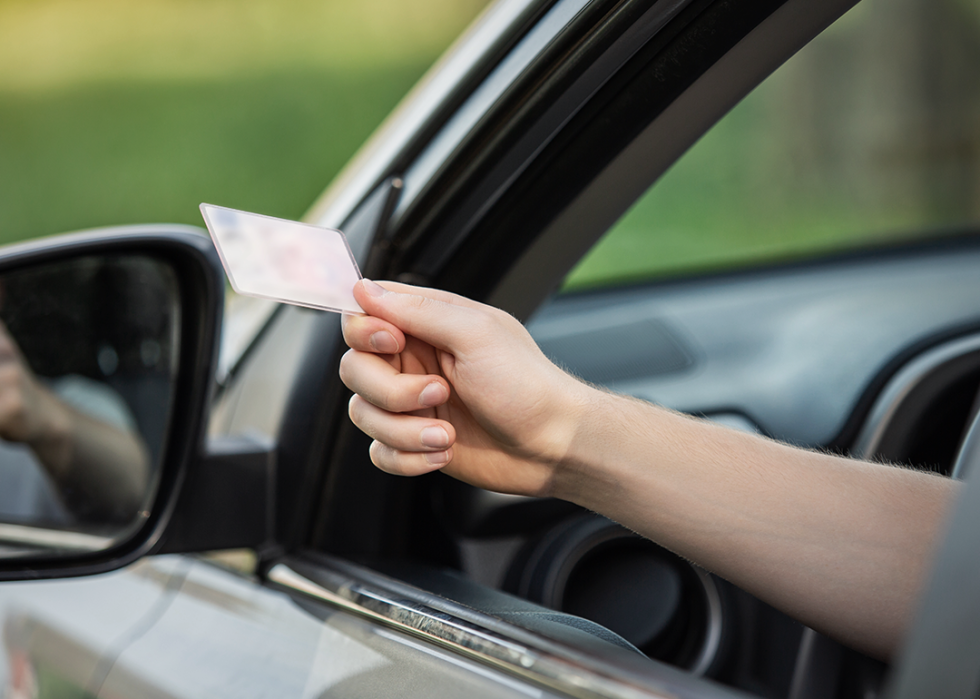
Can enhanced driver's licenses be Real ID-compliant?
Yes. In the states where they're available, enhanced driver's licenses will be an acceptable Real ID substitute for boarding aircraft and other purposes, the DHS notes.
EDLs serve dual purposes as a license and a cross-border passport when traveling by land or sea between the U.S. and Canada, Mexico, or certain Caribbean countries. They're issued in some states that border Canada, including Washington, Michigan, Minnesota, New York, and Vermont.
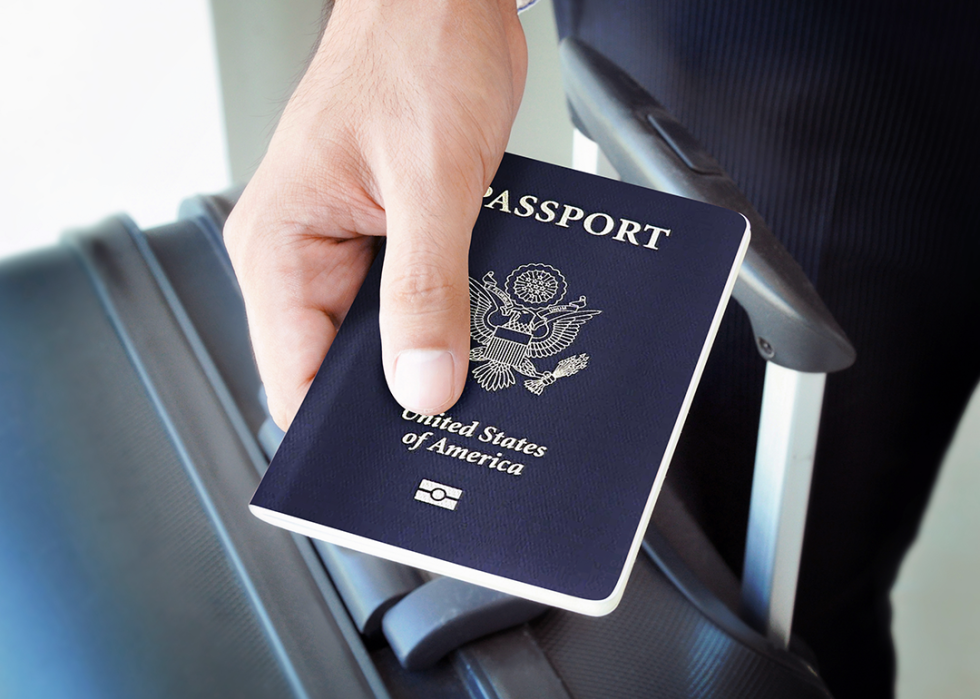
Can I use a passport instead?
A passport will remain the gold standard and is still required for most international travel. According to the DHS, it can be used as identification to board a plane in place of a Real ID-compliant license.
Story editing by Jeff Inglis. Copy editing by Paris Close.



